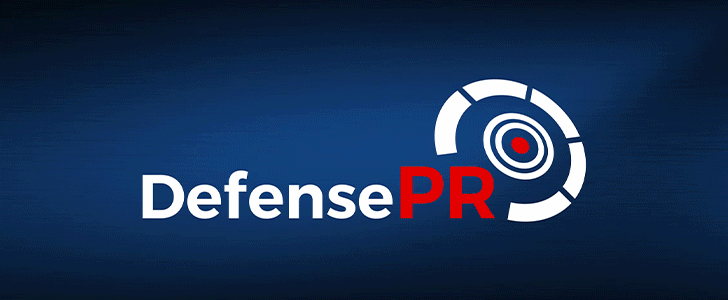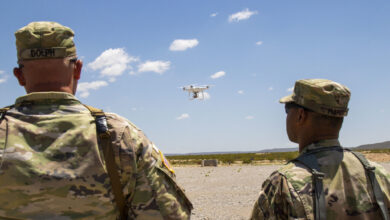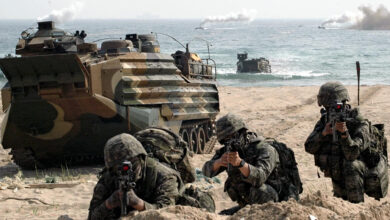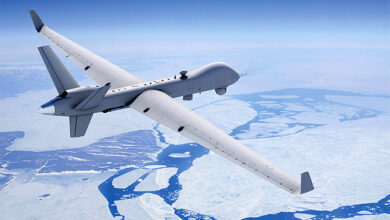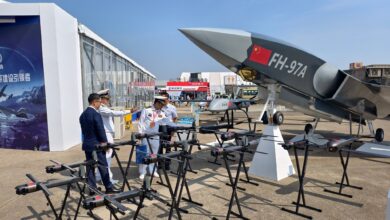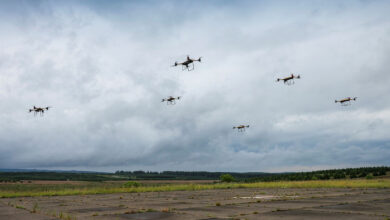Japan Coast Guard Procures Two SeaGuardian Drones
The Japan Coast Guard (JCG) has signed a procurement contract with General Atomics for two SeaGuardian drones, with delivery in 2025.
An unknown number of SeaGuardians have already been operational with the service since April 2022 under a contractor-operated agreement with the manufacturer.
The aircraft is used primarily for Maritime Wide Area Surveillance (MWAS) over the Sea of Japan and the Pacific Ocean along with search and rescue, disaster response, and maritime law enforcement.
“Since JCG started operating SeaGuardians, they have been used for various JCG missions including supporting search and rescue and disaster response specifically during the 7.6 magnitude earthquake early this year near the Noto Peninsula of Ishikawa Prefecture and maritime surveillance during the 2023 G-7 Summit in Hiroshima, and the system has performed efficiently and effectively,” General Atomics CEO Linden Blue said.
Optix Capabilities
Later in July, the platform’s Tasking And Real-Time Exploitation (STARE) system was integrated with the Optix platform to enhance its MWAS capability.
“Optix delivers cloud-based, big data processing and analytics to STARE, providing operators with a common operating picture by integrating and displaying wide area surveillance information gathered by GA-ASI [remotely piloted aircraft] and commercial space-based and terrestrial data sources,” General Atomics explained.
“The new Optix capabilities enable customers to easily task and direct intelligence, surveillance and reconnaissance assets in real time, as well as to automatically identify and classify objects of interest using artificial intelligence and machine learning techniques.”
Meanwhile, the Japan Maritime Self-Defense Force is also considering acquiring the platform after trialing it for manned-unmanned teaming missions.
SeaGuardian
The maritime-version of the SkyGuardian drone, the SeaGuardian is replete with missionized maritime sensors such a centerline wide-area maritime radar, an automatic identification system, electronic support measures, and a self-contained anti-submarine warfare mission kit.
It can fly for over 24 hours nonstop in all weather conditions and be integrated into civil airspace, providing real-time situational awareness to joint forces and civil authorities.
Apart from providing maritime intelligence, surveillance, and reconnaissance capabilities, the SeaGuardian is the first platform “in its class to enable real-time search and patrol above and below the ocean’s surface.”


